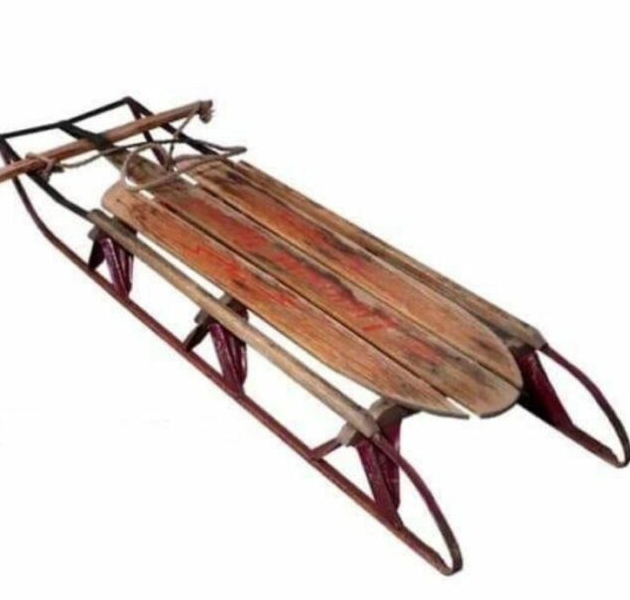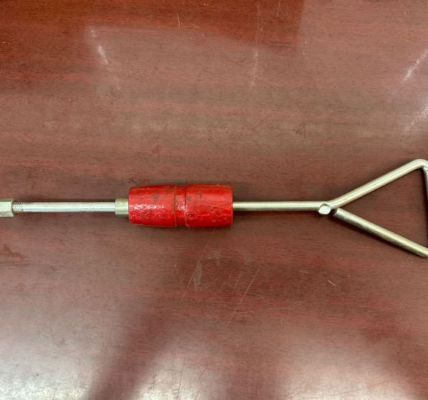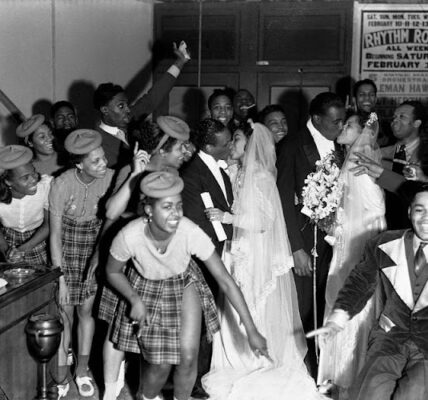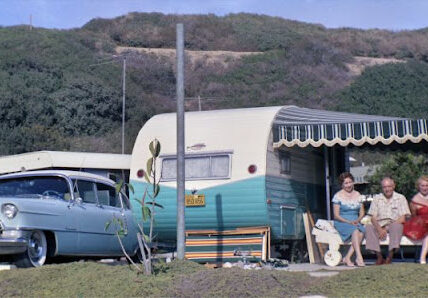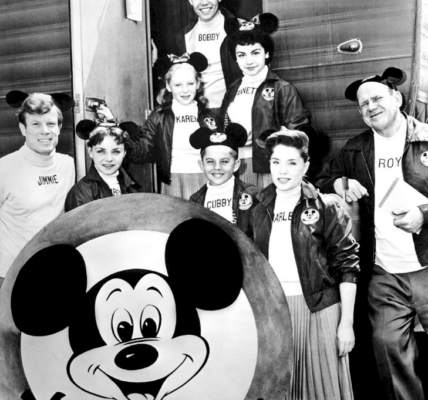Nostalgia from the See-Saw
Growing up, the playground was our kingdom, and the see-saw was one of its thrones. I still remember those carefree afternoons when laughter echoed in the air and the ground beneath my feet felt a little closer to the sky. But this photo reminds me of a particular, very universal moment—the sudden jolt of reality when the other kid jumped off the see-saw, leaving you crashing to the ground.
I can still feel the sting—not just the physical thud that reverberated through my body but the betrayal of that “friend” who thought it was funny to let me drop like a stone. The pain faded quickly, of course, and was usually replaced by a mix of laughter and revenge plots to jump off their side the next time. It was all part of the game, a ritual of growing up that taught us about trust, anticipation, and the fragility of balance.
Back then, the see-saw wasn’t just a playground toy—it was a lesson in cooperation. You had to work together, timing your pushes and leans perfectly, to keep the rhythm going. It was a delicate dance between two kids who, in that moment, were equals. And yet, every ride carried with it the ever-present risk that your partner might decide to call it quits without warning.
When I think about those days now, I can’t help but smile. The see-saw taught me more than I realized at the time. It was about balance—not just physical balance, but emotional and relational balance, too. It was about trusting others and learning to laugh when things didn’t go as planned. And yes, it was about bracing yourself for life’s unexpected jolts, just like the sudden slam of the ground beneath you when you least expected it.
Today, playgrounds seem safer, with padded surfaces and meticulously designed equipment. While that’s undoubtedly better for the kids, I sometimes wonder if they’re missing out on the messy, unpredictable magic we had. The scraped knees, the hard landings, and even the occasional tears were all part of the adventure. They taught us resilience, humor, and how to dust ourselves off and climb back up for another go.
This photo reminds me not just of childhood, but of the beauty in life’s ups and downs—how every fall has the potential to make us stronger, and every moment of balance is worth savoring.

The Nostalgia of an Antique Toaster
When I first saw this image, I was instantly transported back to my grandmother’s kitchen—a space that always smelled of freshly brewed coffee and toasted bread. This antique toaster, with its exposed wires and simplistic design, was more than just a kitchen appliance; it was a symbol of a simpler time.
I still remember how fascinated I was by its mechanics as a child. Unlike today’s modern toasters that silently toast your bread at the push of a button, this one required careful attention. You had to place the bread between the wire racks manually and then flip it yourself halfway through. It wasn’t about speed or convenience; it was about being present, savoring each step of the process.
My grandmother would often let me help, even though I was too young to really understand how it worked. I loved watching the bread slowly turn golden brown, the aroma filling the room. It wasn’t just about making toast—it was a shared ritual. She would tell me stories from her youth as we stood by the toaster, waiting for the bread to be ready. The stories were as warm and comforting as the toast itself.
Of course, the toaster wasn’t perfect. There were times when we left the bread in for too long, and the result was a blackened slice with smoke curling up to the ceiling. Instead of frustration, those moments were met with laughter and jokes about “toasting the toast a little too much.” My grandmother always believed that even burnt toast could be salvaged—with enough butter and jam.
Looking back now, this old toaster represents more than just nostalgia; it embodies the idea of slowing down and appreciating the little things. In today’s fast-paced world, where technology has made everything quicker and more efficient, it’s easy to overlook the joy in simple, hands-on experiences. This toaster reminds me of the warmth of family, the beauty of imperfection, and the charm of a time when life wasn’t always about convenience but about connection.
Though these antique toasters have largely disappeared from kitchens, they remain a poignant reminder of how everyday objects can carry memories and stories. It’s not just a toaster—it’s a bridge to a past filled with love, laughter, and life lessons.

Back When Slides Were Bigger and Better
Looking at this old photograph of a towering playground slide instantly takes me back to a different era. It was a time when playgrounds were built with simplicity but came with an adventurous edge. That slide—the kind that seemed to stretch endlessly into the sky—was both a challenge and a thrill for every child brave enough to climb to the top.
I remember my first encounter with a slide like this. I must have been around six years old, with knees trembling but my determination unwavering. The metal ladder seemed to climb forever, each step feeling like an achievement. At the top, the view was breathtaking—or at least it felt that way to a child. You could see the entire playground below, with other kids running, laughing, and playing. For a brief moment, standing on that lofty perch, you felt invincible.
Sliding down, however, was an entirely different story. On a sunny day, the metal slide would be scorching hot, and you’d try to make it down as quickly as possible without burning yourself. But no matter the discomfort, the sheer exhilaration of the descent—wind in your face, the world zipping by—made it all worthwhile. When you reached the bottom, it wasn’t uncommon to land with a thud, only to pick yourself up and run back to climb the ladder again.
These slides were far from today’s sanitized, plastic versions with gentle curves and safety rails. They were raw and rugged, and they carried an unspoken dare. You had to muster your courage and deal with the occasional scraped elbow or a bumped shin. Parents, like the ones in this picture, would watch from a distance—hands crossed, trusting their children to explore and learn on their own.
I can’t help but laugh thinking about how different things are now. Modern playgrounds are carefully designed for safety and comfort, which, of course, is a good thing. But sometimes I wonder if kids today are missing out on the little thrill of conquering something daunting. Those giant slides taught us more than just how to play. They taught us bravery, resilience, and the joy of taking risks. Every climb to the top was a lesson in persistence, and every slide down was a reward for our courage.
This image reminds me of the golden days of childhood when life was simpler, adventures were everywhere, and even the smallest accomplishments felt monumental. That towering slide may no longer stand in most playgrounds, but it continues to live in the memories of those of us who dared to conquer it.
